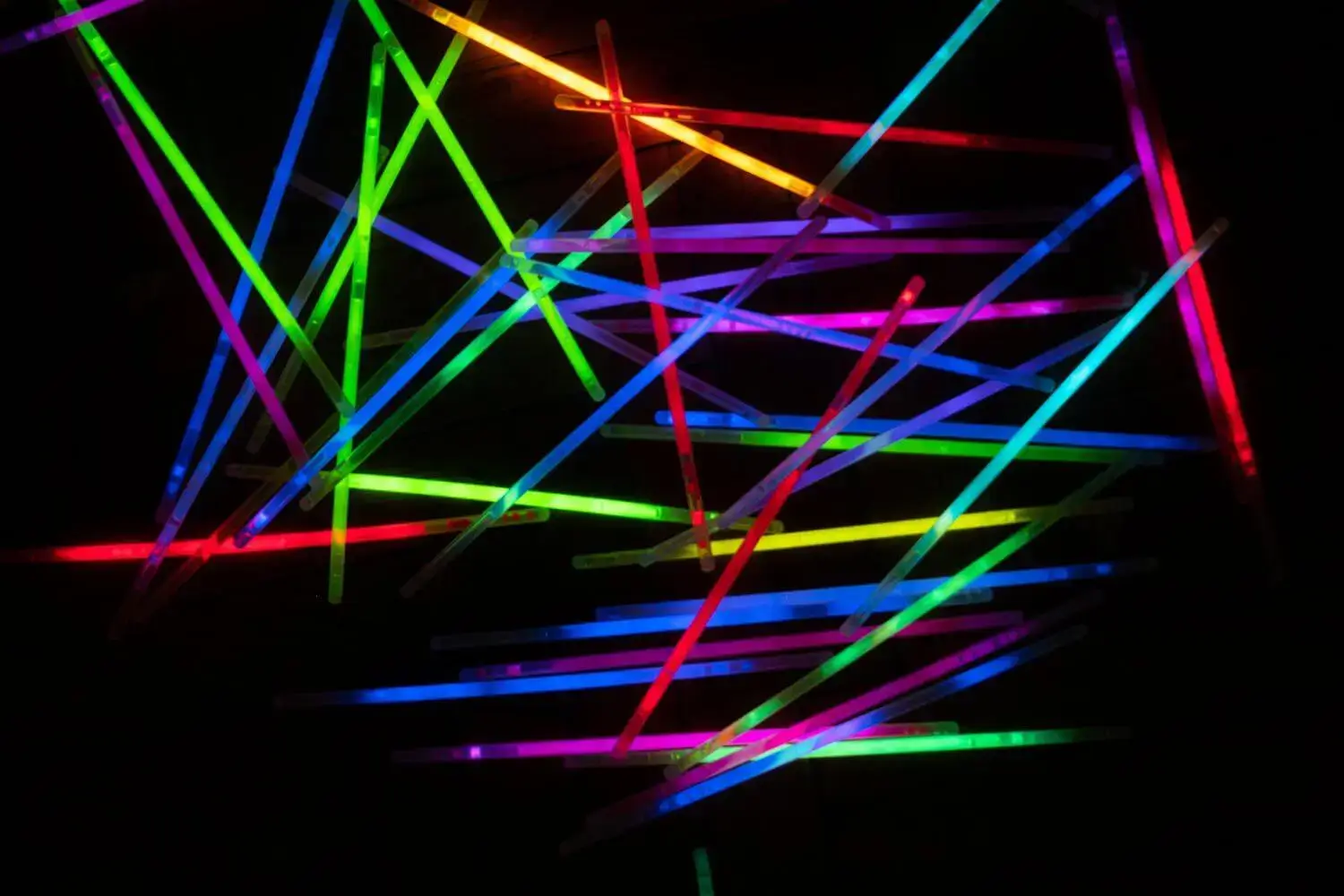The main difference between Photoluminescence and Chemiluminescence is that Photoluminescence is the emission of light due to the absorption of photons. In contrast, Chemiluminescence is the emission of light resulting from a chemical reaction.
Not to mention, one of the most significant similarities between Photoluminescence and Chemiluminescence is that both of them involve the emission of light. Emission is nothing but the process of elements releasing different photons of color as their atoms return to their lower energy levels.
While both share similarities in terms of light emission, they differ fundamentally in their underlying processes and applications. In this article, we’ll delve into a detailed comparison between photoluminescence and chemiluminescence, highlighting the 10 key differences in a tabular format.
Photoluminescence vs Chemiluminescence
| Aspect | Photoluminescence | Chemiluminescence | |
| 1. | Definition | Emission of light due to the absorption of photons followed by their re-emission. | Emission of light resulting from a chemical reaction. |
| 2. | Energy Source | External energy (usually light) is required to excite electrons. | Internal energy from a chemical reaction drives light emission. |
| 3. | Stimulating Energy | Photons | Chemical reactants or catalysts. |
| 4. | Emission Time | Immediate emission after excitation. | Emissions can be delayed or immediate. |
| 5. | Chemical Reaction | No chemical reactions are involved. | Involves chemical reactions to generate energy. |
| 6. | Energy Efficiency | Can be less energy-efficient due to external excitation requirements. | Often more energy-efficient as it directly converts chemical energy. |
| 7. | Duration of Light | Short-lived emission. | Duration varies; can be short or sustained. |
| 8 | External Factors | Affected by temperature, environment changes. | Susceptible to temperature, and reactant quantity. |
| 9. | Biological Role | Some organisms exhibit photoluminescence. | Bioluminescence in fireflies, jellyfish, etc. |
| 10. | Common Applications | Imaging, sensing, materials research. | Analytical assays, diagnostics, lighting. |
Detailed Explanation of 10 Differences Between Photoluminescence and Chemiluminescence:
- Definition: Photoluminescence is the emission of light due to the absorption of photons followed by their re-emission. Whereas, Chemiluminescence is the emission of light resulting from a chemical reaction.
- Energy Source: Photoluminescence is triggered by external light sources such as ultraviolet (UV) light or lasers. While chemiluminescence is driven by the energy released from chemical reactions.
- Stimulating Energy: Photoluminescence requires the absorption of photons for excitation, while chemiluminescence involves chemical reactants or catalysts as energy sources.
- Emission Time: Photoluminescence typically emits light immediately after excitation, whereas chemiluminescence can have immediate or delayed emissions.
- Chemical Reactions: Photoluminescence doesn’t involve chemical reactions; it’s based on energy transitions. Chemiluminescence, however, is the result of specific chemical reactions generating energy in the form of light.
- Energy Efficiency: Photoluminescence can be less energy-efficient due to external excitation requirements. Whereas, Chemiluminescence is often more energy-efficient as it directly converts chemical energy.
- Duration of Light: Photoluminescence emission is generally short-lived, while chemiluminescence can vary from short bursts to sustained emissions.
- External Factors: Both phenomena are influenced by external factors. Photoluminescence is affected by temperature and changes in the environment, while chemiluminescence is influenced by temperature and the quantity of reactants.
- Biological Role: Photoluminescence is observed in some organisms, though it’s not as prevalent as chemiluminescence, which plays a significant role in bioluminescent organisms like fireflies and jellyfish.
- Applications: Photoluminescence finds applications in imaging, sensing, and materials research, while chemiluminescence is used in analytical assays, diagnostics, and lighting technologies.
That’s it for this post. If you like this article, share it if you like, like it if you share it. You can also find us on Mix, Twitter, Pinterest, and Facebook. Hey man, If you have come this far, do give us feedback in the comment section. It would make my day. You can also make a donation. Your donations will help us to run our website and serve you BETTER. Cheers!!!
You might also like:
- 10 Differences Between Alpha and Beta Decay in Tabular Form
- 10 Differences Between X-Rays and Gamma Rays in Tabular Form
- 10 Differences Between X-Rays and Ultraviolet Rays in Tabular Form
- 10 Differences Between Fluorescence and Phosphorescence in Tabular Form
